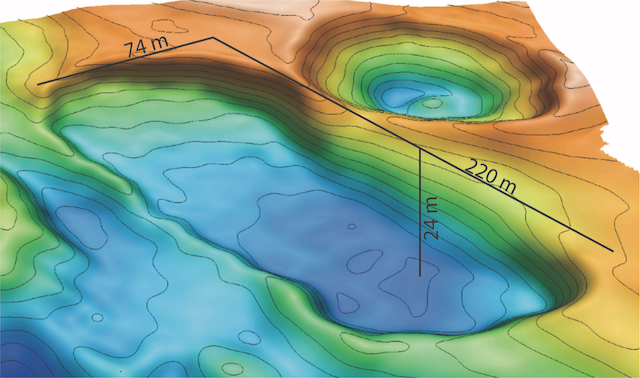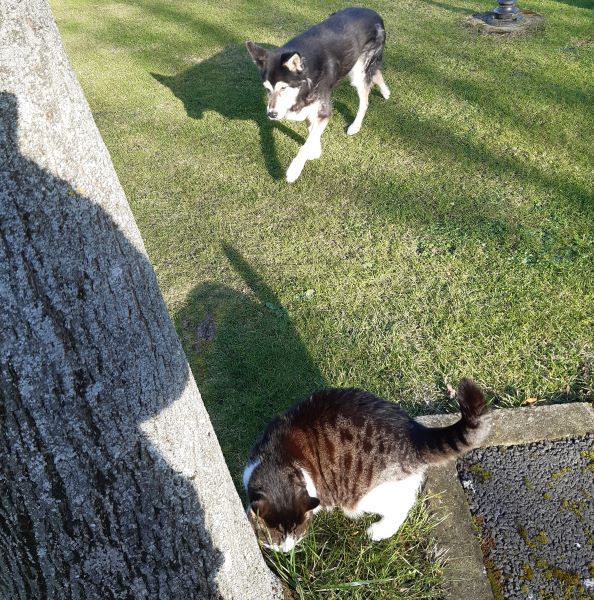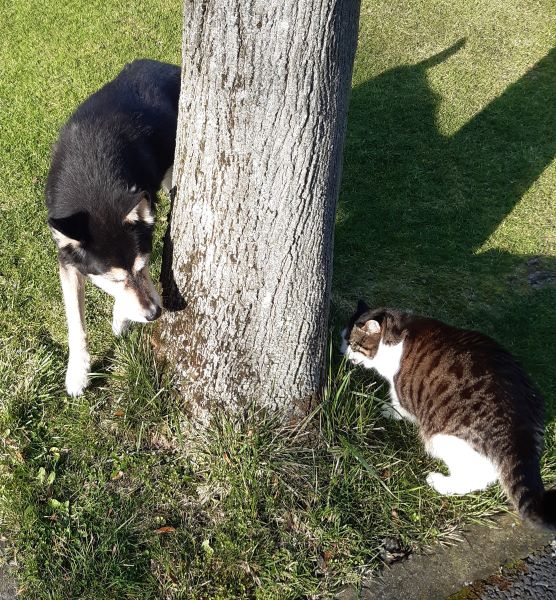In general, when I think of heat waves, I think of the damage to crops and infrastructure, the lives lost, and the misery of that suffocating heat. Most of the time, that’s why we care about heat waves. They’re unpleasant for most of us, and deadly for some, and can cause lasting damage to the food supply.
Unfortunately, that’s not the only kind of heat wave that’s worthy of headlines. As many of you are no doubt aware, there’s a heat wave happening at both poles simultaneously:
Startling heatwaves at both of Earth’s poles are causing alarm among climate scientists, who have warned the “unprecedented” events could signal faster and abrupt climate breakdown.
Temperatures in Antarctica reached record levels at the weekend, an astonishing 40 degrees above normal in places.
At the same time, weather stations near the north pole also showed signs of melting, with some temperatures 30 degrees above normal, hitting levels normally attained far later in the year.
At this time of year, the Antarctic should be rapidly cooling after its summer, and the Arctic only slowly emerging from its winter, as days lengthen. For both poles to show such heating at once is unprecedented.
I’ve talked before about why, in the context of a warming planet, a hot year matters more than a cold one. It adds momentum to what’s already happening. These heat waves mean more ice melt, which in turn will mean more ice melt in the future, that would have happened without them. It’s bad news in that regard, but it’s also bad news because of what it says about the speed at which things are happening:
Mark Maslin, professor of earth system science at University College London, said: “I and colleagues were shocked by the number and severity of the extreme weather events in 2021 – which were unexpected at a warming of 1.2C. Now we have record temperatures in the Arctic which, for me, show we have entered a new extreme phase of climate change much earlier than we had expected.”
The Associated Press reported that one weather station in Antarctica beat its all-time record by 15 degrees, while another coastal station used to deep freezes at this time of year was 7 degrees above freezing. In the Arctic, meanwhile, some parts were 50 degrees warmer than average.
“They are opposite seasons. You don’t see the north and the south [poles] both melting at the same time,” said Walt Meier, a scientist at the National Snow and Ice Data Center in Boulder, Colorado. “It’s definitely an unusual occurrence,” he told AP. “It’s pretty stunning.”
The climate denial industry spent decades exploiting minor uncertainties by insisting that climate sensitivity was lower than mainstream climate scientists were estimating. The reality is that sensitivity seems to be higher. Edit: As discussed in the comments below, actual sensitivity calculations have been pretty much on target. The rate at which the heat increase is affecting life on earth is what has been underestimated. Things are happening faster than expected, and honestly that’s been true for quite a while now.





